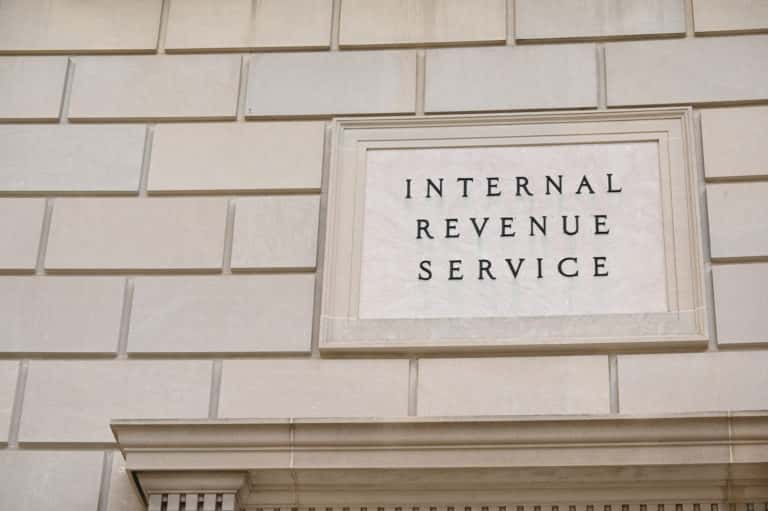The IRS plans to go totally digital documents by 2025, meaning most taxpayers will be able to digitally send a bevy of tax documents and other communications to the agency next filing season.
Treasury Secretary Janet Yellen and IRS Commissioner Daniel Werfel unveiled the “paperless processing initiative” on Wednesday in an effort to lower the agency’s high paperwork load and go with digital documents.

The project towards digital documents is being funded by a $80 billion financial infusion for the IRS over ten years under the Inflation Reduction Act, which was signed into law last August, though some of that money has already been reduced.
“Thanks to the IRA, we are in the process of transforming the IRS into a digital-first agency,” Yellen said during a visit to the IRS’s McLean, Virginia paper processing plant.
“By the next filing season,” she promises, “taxpayers will be able to digitally submit all correspondence, non-tax forms, and notice responses to the IRS.”
In 2024, most people will be able to file everything but their tax returns digitally under the effort towards having digital documents. And, beginning in 2024, the IRS will pilot its new electronic free file tax return system, with the goal of processing everything, including tax returns, digitally by 2025.
The initiative towards digital documents is estimated to save the agency $40 million per year in storage costs for more than 1 billion historical documents. According to the IRS, the federal tax administration receives more than 200 million paper tax returns, forms, pieces of mail, and non-tax forms each year.
According to IRS data, over 213.4 million returns and associated forms were filed electronically in fiscal year 2022, accounting for 81.2 percent of all submissions. This will drastically change when digital documents were already implemented.
An overflow of paper records, along with decades of underfunding, has hindered the agency from processing tax forms at a faster rate in the past, according to agency authorities. According to the IRS, the new strategy of having digital documents should allow the agency to speed up refunds by several weeks.
National Taxpayer Advocate Erin M. Collins stated in June that the IRS reduced its backlog of unprocessed paper tax returns by 80%, from 13.3 million at the end of the 2022 filing season to 2.6 million at the end of the 2023 filing season.
The federal tax collector’s funding is still at risk of being slashed. The debt ceiling and budget cuts deal agreed by Congress last summer included a $1.4 billion cut to the IRS.
According to the White House, the debt deal includes a separate agreement to shift $20 billion from the IRS over the next two years to non-defense projects.
Even through the effort towards digital documents, taxpayers can still submit paper returns and correspondence in 2024 and 2025, according to the IRS.




